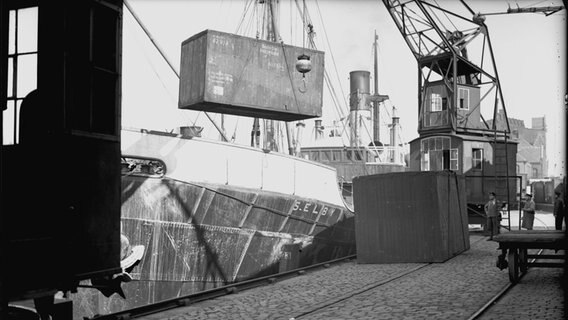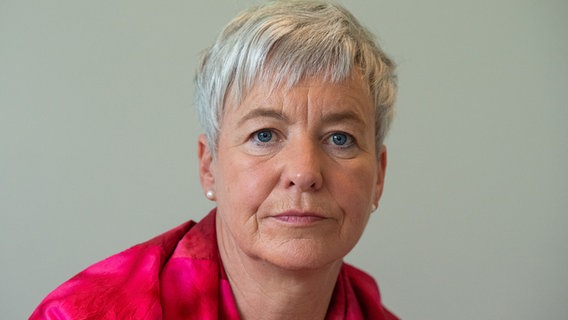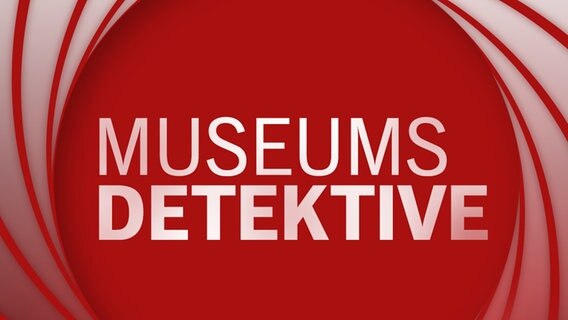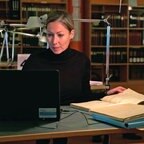Status: 07.05.2022 1:51 p.m
Countless Jewish families who were driven into exile by the Nazis had all their belongings stolen. The film “The Looted Art Puzzle” tells the story of those affected and sheds light on who benefited from it.
Lotte Koch can save her life. The doctor’s widow from Wiesbaden fled to England on one of the last ships on which Jewish emigrants were allowed to leave Germany.
Your belongings – including the art collection – should follow. That’s the promise. About Hamburg – the Südwesthafen.
film clip
But Lotte Koch waits in vain for her “Liftvan”, the wooden container with her furniture and all the objects she loves. A whole life is preserved in it: letters, photos, memories. Only after the war does she find out:
The stolen removal goods did not just disappear. They were confiscated by the Gestapo and then often auctioned off.
film clip
Auctioning of looted goods: An open secret
“It was of course the goal of the National Socialists not only to force the Jewish minority out of the country, but also to financially disenfranchise and plunder them,” says historian Frank Bajohr. The auction houses made no effort to disguise whose sofas, rugs and oil paintings were going under the hammer. Bajohr believes “that it was an open secret that Jewish property was publicly auctioned here. People could work out that they hadn’t gone on vacation or to a cure.”
Crowds of bargain hunters came to the auctions: private individuals, art dealers, employees of small and large museums. They found out about this from newspaper advertisements openly announcing the auction of so-called “Jewish boxes”.
Baby bedding, a small inkwell, an oil painting in a gold frame. First, second, third.
film clip
After the war, Lotte Koch reclaimed her property. But the German authorities fed the emigrant with succinct information: burned, missing, untraceable.
Provenance researcher Kathrin Kleibl researched and reconstructed
“When I look at these files now, I find out a few things that the authorities didn’t take into account at the time. You should have taken a closer look so shortly after the war,” says Kathrin Kleibl. As a provenance researcher at the German Maritime Museum in Bremerhaven, she tries to reconstruct the paths confiscated Jewish property took.
The doctor’s widow Lotte Koch owned valuable paintings, including a work by Emil Nolde. After the war, the picture changed hands several times:
A northern German cattle dealer grabbed it, then the picture disappeared into a bank vault. Later it was bought by the Negelein gallery in Kiel. She even had the authenticity of the painting confirmed by the Nolde Foundation. Then it turned up in Bremen. Ultimately, it was sold to France with the help of a gallery in Austria. Koch doesn’t want to tell anyone who has it now.
film clip
“The Looted Art Puzzle”: Painstaking detective work
It was not only the National Socialists who benefited. Art dealers also did good business with the looted art – during the war and years later. Did you know that the works de jure belonged to Jews who had emigrated? The suspicion is obvious: Why else do many of them refuse to disclose their sales files to this day?
The robbed families are now pinning their hopes on researchers like Kathrin Kleibl. Three-quarters of a century after the war, she is catching up with painstaking detective work, which the authorities in the young Federal Republic so criminally neglected: tracking down looted art and returning it to its rightful owners.
additional Information







